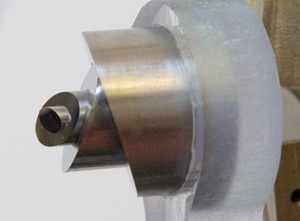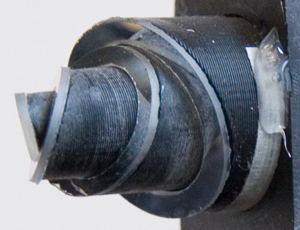Abstract
The emergent field of computational photography is proving that, by coupling generalized imaging optics with software processing, the quality and flexibility of imaging systems can be increased. In this paper, we capture and manipulate multiple images of a scene taken with different aperture settings (f-numbers). We design and implement a prototype optical system and associated algorithms to capture four images of the scene in a single exposure, each taken with a different aperture setting. Our system can be used with commercially available DSLR cameras and photographic lenses without modification to either. We leverage the fact that defocus blur is a function of scene depth and f/# to estimate a depth map. We demonstrate several applications of our multi-aperture camera, such as post-exposure editing of the depth of field, including extrapolation beyond the physical limits of the lens, synthetic refocusing, and depth-guided deconvolution.
Files
| Low-Res PDF (1 MB) | High-Res PDF (12.5 MB) |
| Bibtex | Slides (4.2 MB) |
Hindsights


We have re-manufactured the central 4-way splitting mirror using custom machined steel tubes that have been polished into mirrors. We are still experimenting with new mirrors, but expect improved image quality. The images below show (preliminary) point spread functions for the new mirrors and for the original mirror piece.
New mirror PSF

Old mirror PSF

Acknowledgments
The authors would like to thank John Barnwell and Jonathan Westhues for their immeasurable help in the machine shop. We also thank Jane Malcolm, SeBaek Oh, Daniel Vlasic, Eugene Hsu, and Tom Mertens for all their help and support. This work was supported by a NSF CAREER award 0447561 Transient Signal Processing for Realistic Imagery and a Ford Foundation predoctoral fellowship. Frédo Durand acknowledges a Microsoft Research New Faculty Fellowship and a Sloan fellowship.
